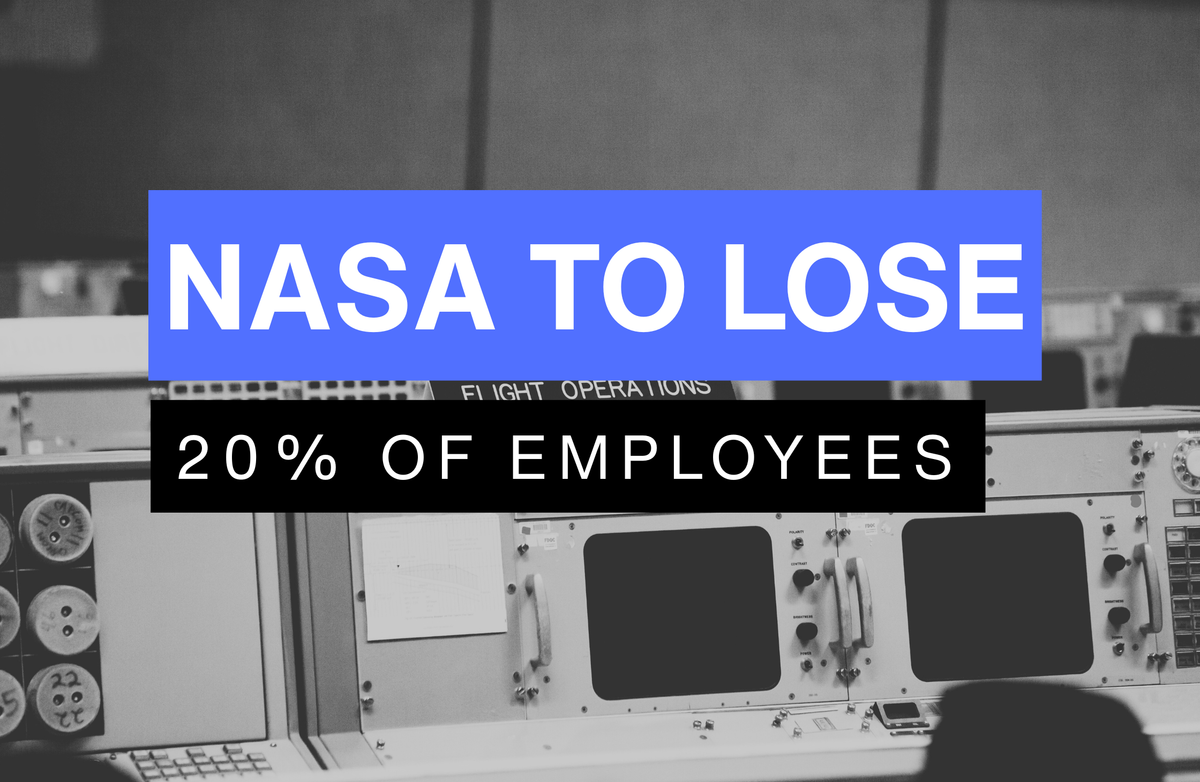NASA’s Workforce Cuts Hit Huntsville: What It Means for Marshall Space Flight Center

Huntsville, Alabama — NASA’s recent announcement of a 20% workforce reduction, impacting nearly 4,000 employees, is sending ripples through Huntsville, the heart of America’s space industry. The Marshall Space Flight Center (MSFC), a cornerstone of the “Rocket City,” will lose at least 279 senior staff, with up to 526 positions potentially affected. As Huntsville grapples with the economic and operational fallout, new funding and the city’s robust aerospace ecosystem offer hope for resilience.
NASA’s Workforce Reduction: The Details
On July 26, 2025, NASA confirmed that approximately 4,000 employees—20% of its 18,000-strong workforce—have opted to leave through a voluntary Deferred Resignation Program (DRP). The program, part of the Trump administration’s push to streamline federal agencies via the Department of Government Efficiency (DOGE), allows employees to receive pay and benefits until September 30, 2025, with departures effective by January 9, 2026. The cuts include 3,000 employees from the second DRP round, 870 from the first, and 500 lost through normal attrition, reducing NASA’s workforce to about 14,000.
At MSFC, located on Redstone Arsenal, at least 279 senior staff in GS-13 to GS-15 roles are departing, representing a significant loss of expertise in propulsion systems, the Space Launch System (SLS), and the Artemis lunar program. The administration’s budget proposal also targets a total reduction of 526 full-time equivalent positions at MSFC, raising concerns about the center’s capacity to lead critical missions.
Economic Impact on Huntsville
Huntsville’s economy, deeply tied to MSFC and Redstone Arsenal, faces potential challenges from these cuts. MSFC employs around 6,000 to 7,000 workers, including roughly 2,000 civil servants and thousands of contractors. The departure of hundreds of civil servants could reduce local spending, affecting businesses like restaurants, retail, and real estate in the Huntsville metro area. A 2021 NASA report highlighted that MSFC’s Space Launch System program supports approximately 15,000 jobs statewide, underscoring the center’s economic significance.
However, Huntsville’s diverse aerospace sector, including companies like Blue Origin, Boeing, and Intuitive Machines, may mitigate the impact. Since the cuts primarily target civil servants, contractor jobs—vital to MSFC’s operations—are likely to remain stable, preserving a significant portion of the local workforce.
A Silver Lining: New NASA Funding
Despite the workforce reductions, the “One Big Beautiful Bill Act,” signed into law in July 2025, allocates $10 billion for NASA through 2032, supporting Mars missions and the Artemis program. This funding could drive new contracts for Huntsville-based companies, particularly those involved in developing the SLS and lunar technologies at MSFC. Congressional discussions to maintain NASA’s current $25 billion budget for fiscal year 2026, rather than the proposed 24% cut to $19 billion, further bolster optimism for the region’s space industry.
Community Concerns and Resilience
The workforce cuts have sparked significant concern. Over 300 current and former NASA employees, including four astronauts, signed the “Voyager Declaration,” warning that the reductions and proposed budget cuts could jeopardize mission safety, scientific progress, and national security. At MSFC, the loss of senior staff may strain projects like Artemis, which aims to land astronauts on the Moon by mid-2027.
Yet, Huntsville’s history as a space innovation hub suggests resilience. Local leaders, including Mayor Tommy Battle, have long emphasized MSFC’s role in driving economic growth. The city’s growing private aerospace sector, coupled with Redstone Arsenal’s broader federal presence, positions Huntsville to weather the storm.
What’s Next for Huntsville?
As NASA navigates these changes, Huntsville’s aerospace community is watching closely. The final FY 2026 budget, still under congressional review, will determine the extent of the cuts’ impact. For now, the additional $10 billion in funding and Huntsville’s strong industry presence offer a path forward. MSFC remains critical to NASA’s lunar and Mars ambitions, and the “Rocket City” is poised to maintain its legacy as a leader in space exploration.
Stay Updated: Follow the Huntsville Commerce Report for the latest on NASA, MSFC, and Huntsville’s aerospace economy.
Sources:
https://www.standupforscience.net/nasa-voyager-declaration
https://www.npr.org/2025/07/26/nx-s1-5481304/nasa-employees-deferred-resignation-program
https://www.congress.gov/bill/119th-congress/house-bill/1?q=%7B%22search%22%3A%22NASA%22%7D&s=8&r=5



